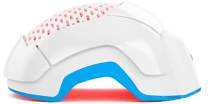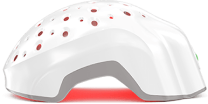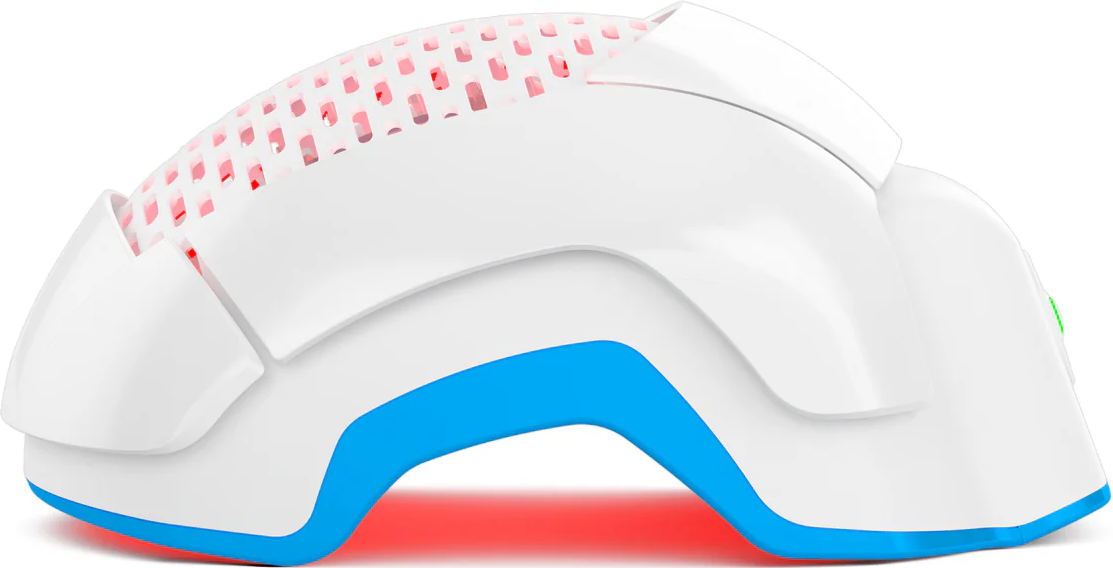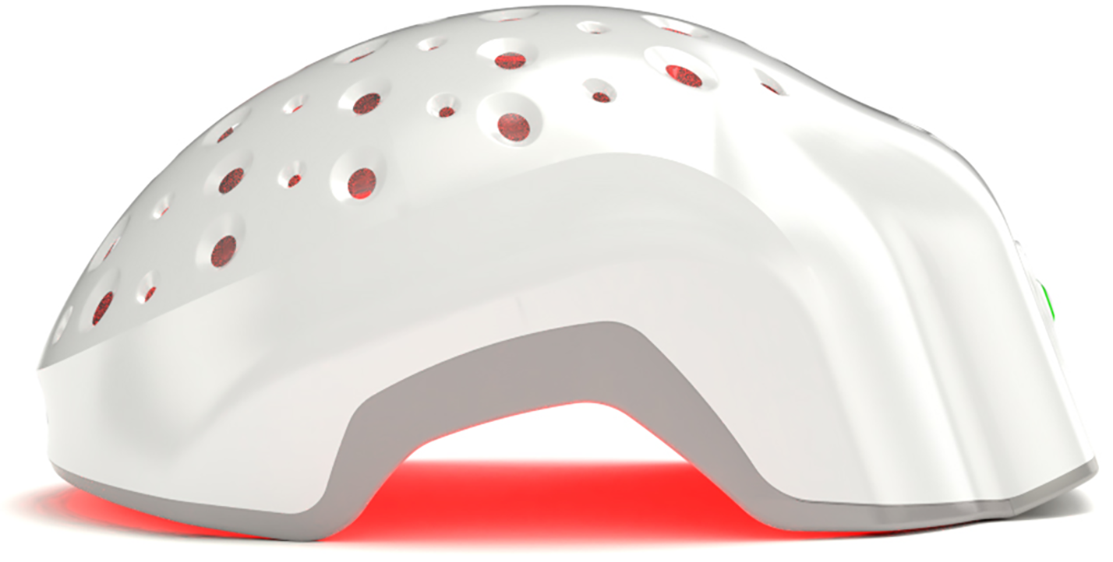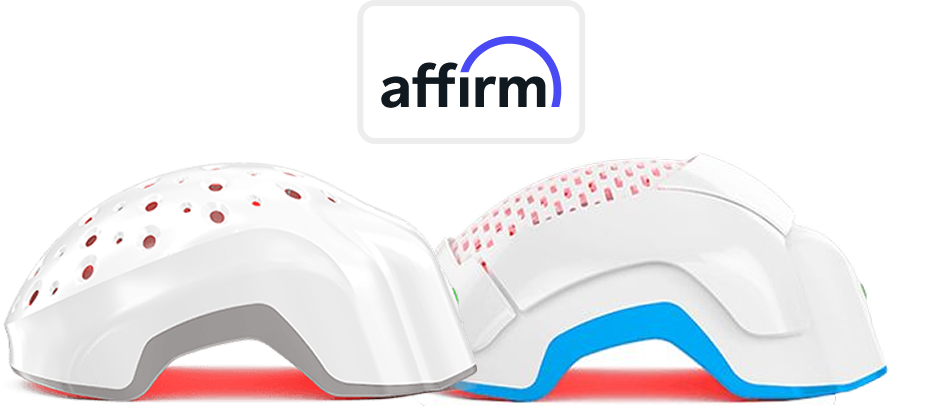Today we’re tackling another common question we’ve been asked a lot:
“Should my hair be wet, damp, or dry for my Theradome laser helmet treatments?”
The short answer is that your Theradome laser helmet effectively stops hair loss, thickens existing hair, and helps regrow hair, no matter if your hair is damp or dry during treatments.
You will see great results as long as you are using your laser helmet consistently and as directed. However, you can optimize and boost your treatments by doing them when your hair is damp.
In this post, we’ll take a deeper dive into why that is and share some tips to get the best experience possible with your Theradome laser helmet!

Theradome Works on Damp or Dry Hair
The reason Theradome is effective no matter if your hair is damp or dry is that it acts on your scalp and hair follicles, not your hair.
Theradome’s VL680 proprietary lasers penetrate deep and activate your hair follicles 3 to 5 mm below the surface. By using the exact right wavelength of light to penetrate that deep and stimulate hair follicles. Only real lasers and not LEDs can do this. Laser hair therapy maintains an active growth cycle for your hair.
Read More: Laser vs LED for Hair Growth Treatment
While the difference is very minor, you CAN increase treatment effectiveness by ensuring that the worst portion of your scalp gets the most laser exposure. Here’s how to do that:
Why Damp Hair is Optimal for Your Theradome Treatments
As we just explained, laser hair therapy works by penetrating your scalp to bio-stimulate your hair follicles. For this reason, you want the area of your scalp where your hair is thinnest to receive the most laser light. This is easier to do when your hair is damp. It is then easily positioned and is optimized when you don't have products in your hair to obstruct the light.
This is highly recommended, especially for those with thick hair. Whether thick or thin hair, both will still benefit from Theradome laser hair growth treatments. With very thick hair, some protons might be preventing some of the photons from penetrating into the scalp. Therefore, it is recommended to part the thinning area of your scalp to maximize your laser hair therapy treatments.
We want to repeat this just for clarity - your hair being damp does not make Theradome more effective in and of itself! It’s simply that it makes your hair easier to position and means there is no product to get in the way.
The Best Preparation Routine Before Each Theradome Laser Helmet Session
For the absolute best results possible, here is how we recommend preparing for your treatments.
- Wash your hair with shampoo and conditioner.
- Towel dry your hair from wet to damp until it is no longer dripping. Avoid blow-drying as this dries out your hair and is harmful to fragile hair in general.
- Comb your hair to expose your scalp as much as possible in the area where your hair is thinnest. You can think of this as the opposite of a comb-over.
- Wear your Theradome for the full 20-minute treatment session.
- After your treatment, apply any topical treatments such as minoxidil or hair products such as leave-in conditioner or mousse.
Can You Use Your Theradome Laser Helmet if Your Hair is Wet?
As a precaution, we do not recommend using your Theradome immediately after washing your hair without toweling it off first. This is simply because Theradome laser helmets are not waterproof. Excess water could get into your helmet and damage the device.
To ensure your complete safety and a long life for your laser helmet, always towel dry your hair after washing. Do this before beginning a Theradome laser helmet treatment session.
Learn More: How to Use Theradome Laser Helmet Properly?
What if You’ve Just Had Your Hair Colored?
This is another great related question we hear all the time. Interestingly, using your Theradome laser helmet after coloring your hair makes the color last longer and protects your hair against damage!
Why is this? When you color your hair, the chemicals leave your shaft cuticles open. And when your cuticles are open your hair becomes dry, frizzy, and dull. Have you ever noticed that people who dye their hair often tend to have hair that is dried out and frizzy? It’s because their cuticle shafts have remained open too long or too frequently.
Special hair products for color-treated hair can help close your cuticles using chemicals. However, these chemicals can also be harsh and damaging to your hair. Laser hair therapy closes your cuticles quickly using pure light, with no toxic chemicals needed.
Our Recommendation
We recommend using your Theradome laser helmet 8 hours after your color treatment when your hair is DRY. While we typically recommend using the device on damp hair, stylists recommend not washing your hair for the first 48 hours after coloring.
We hope this clears up the question of if your hair should be wet or dry during Theradome laser helmet treatments!
Do you have any other questions you’d like us to cover on the blog? Let us know in the comments below or ask us on our Facebook page!
Time is precious, especially when it comes to hair regrowth. Don't delay the chance to regrow your hair with Theradome's laser helmet. Act now and watch your locks flourish!


